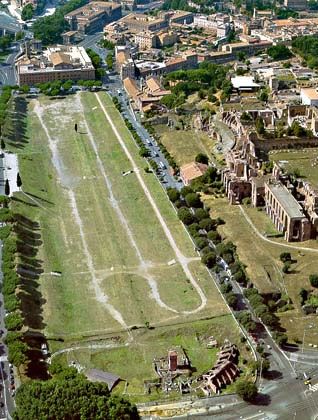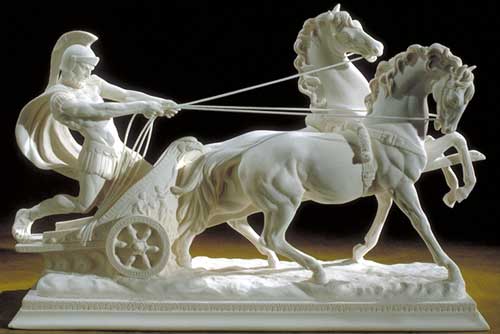
“This kind of mortar is called hydraulic mortar. Part of the reason the archaeologists determined that the ancient Carthaginians cooled the horses came with the discovery of water-resistant mortar at the circus. There were riots, including one at Pompeii that Roman historian Tacitus told about, when Pompeians fought with fanatics from nearby Nucreia.

Certain charioteers were so adulated that their portraits were hung in homes. According to accounts of the time, supporters applauded wildly when their favorite team took the field. There was ancient poetry about the chariot races (read one such poem here), mosaics, and of course the circuses around the empire that attest to the sport’s popularity.Ĭhariot drivers wore uniforms of distinct color and teams represented different groups in society, social or political, Haaretz says. The arches of the ruins of the Circus Maximus in Rome-the largest chariot racetrack of them all. Still, the Carthage circus was the largest sporting venue of the empire except for those in Rome itself. And while the Circus Maximus could seat 150,000 to 200,000 people, scholars believe the Carthage circus held far fewer spectators at around 45,000.

This was smaller than the Circus Maximus in Rome, which was wider and 80 meters longer. ( Wikimedia Commons /University of Chicago)Ĭarthage’s circus was 470 meters (1542 feet) long and 30 meters (98.4 feet) wide. Haaretz, which has a report on the horse-cooling features recently discovered, says one charioteer won 36 million sesterces (silver coins) -the equivalent of about $15 billion in today’s money.Īn ancient mosaic shows the circus of Carthage. The circuses in Carthage, Rome and elsewhere around the empire were built specifically for the chariot races, which were fast, violent and wildly popular. But how did the chariot horses of North Africa cope with the searing heat? Archaeologists have now found the answer after unearthing an advanced system that cooled the horses and kept the popular races running at the Roman Circus of Carthage in Tunisia 2,000 years ago.

In the Classical world, chariot races were the equivalent of today’s highest-profile sports and had the highest-paid athletes in history.


 0 kommentar(er)
0 kommentar(er)
